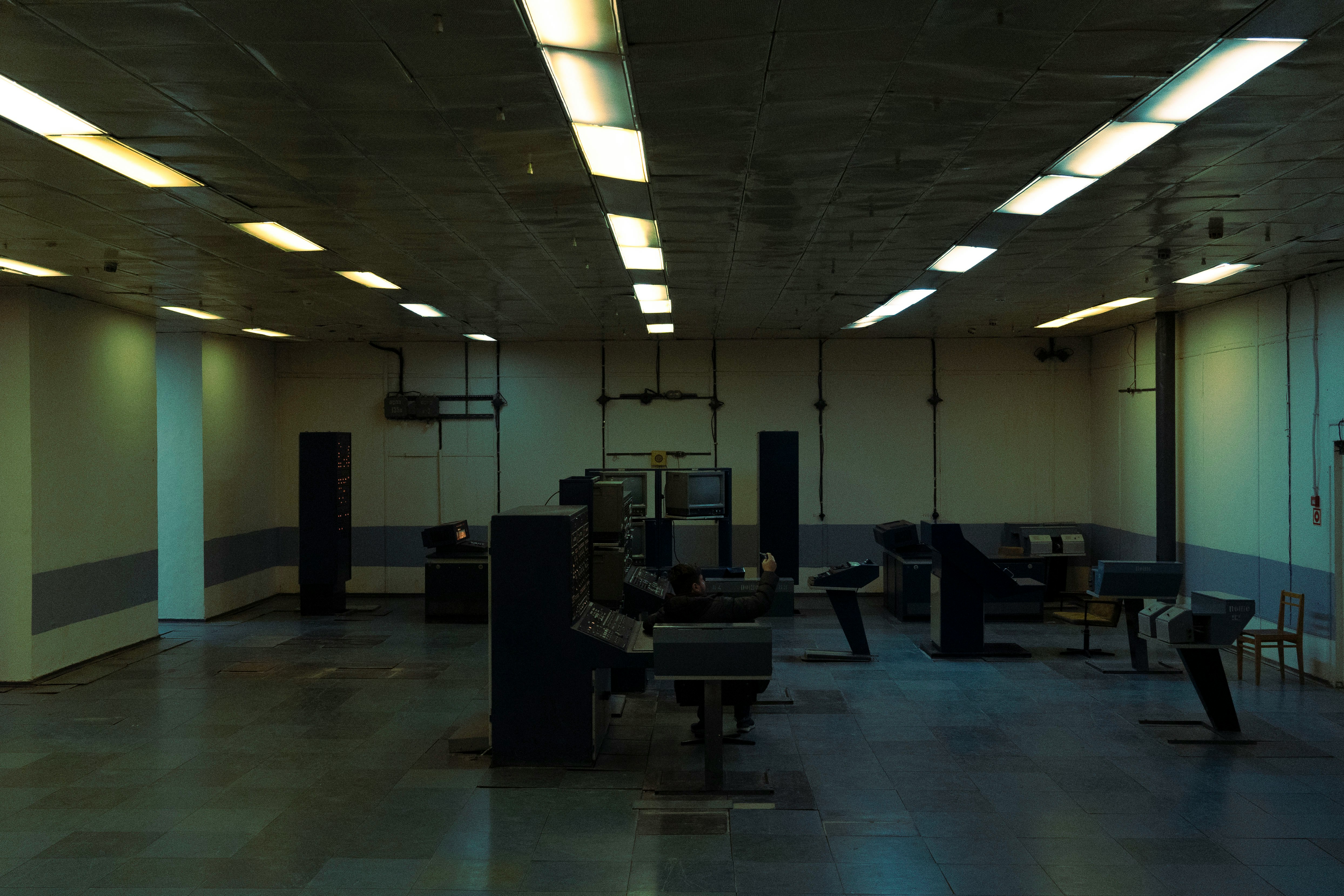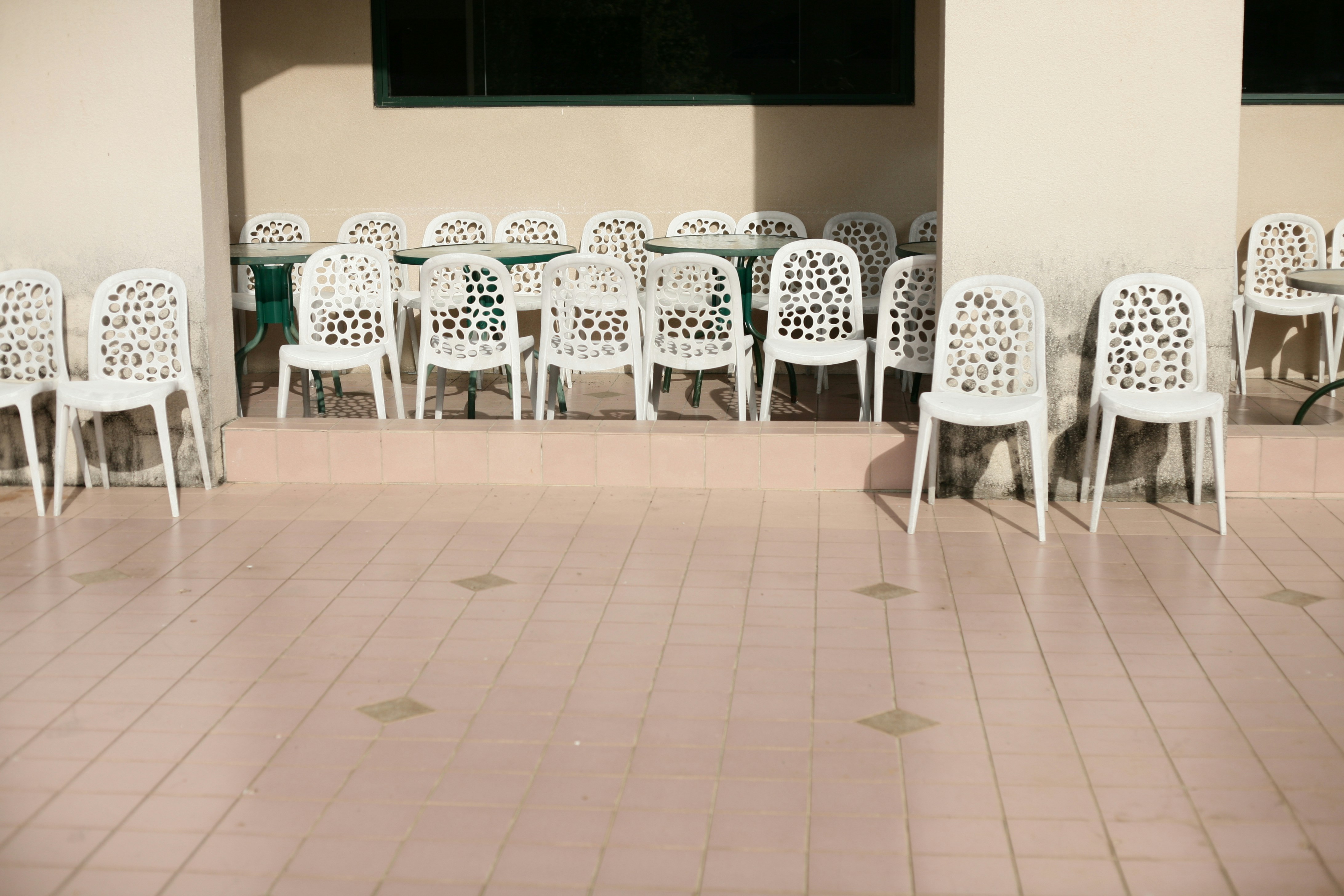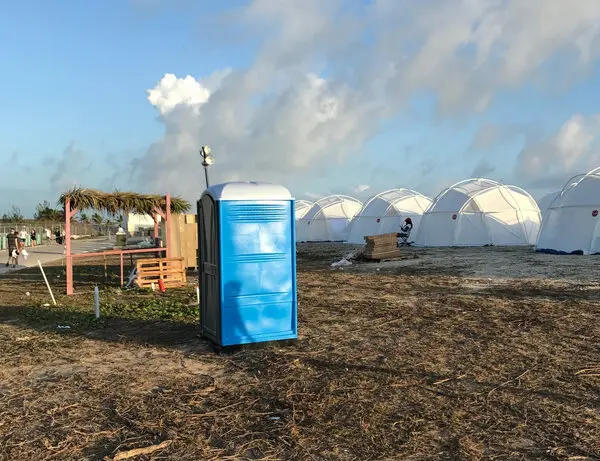
The phrase "brand experience" is buzzing – and not just within the industry. My online feeds are flooded with brand activations, AI-generated spatial concepts, and ‘experience influencers’ reviewing builds like they’re Michelin meals. People who previously wouldn’t have known a brand experience even while taking part in one, are suddenly discussing and celebrating the aesthetic prowess of a build and the ingenuity of a design.
As the founder of HATTER, a brand experience agency, I love this. The energy is palpable and the investment is clearly there. And yet… a question keeps bugging me:
Are we so focused on how an experience looks that we’re forgetting how it feels?
Voyeur influencers…
Reams of brand experience content is currently being produced that misses the entire point. What about the actual experience? Beyond capturing a stunning photograph, what are people doing while they’re there? What tangible or intangible value are they receiving? And, most importantly, what do they leave with? I don’t just mean goodie bags, I mean memories, emotions, intentions and – yes, I’m going to say it – vibes.
The heart of brand experience isn't in the perfectly angled shot of a pop-up or the clever use of augmented reality. It lies in making a moment that matters. A moment of connection between a brand and an individual that leaves a mark and a lasting impression. It's the feeling of being seen, heard and invited to join in. It’s in the creation of a memory that resonates long after the physical structure is dismantled or the digital interaction ends.
Nowadays, are we designing for that moment, or are we designing for a killer social post? Are we prioritising the experience itself, or the documentation of an experience?
A vicious (and vacuous) circle
The current discourse often feels… empty. We're showcasing the shell, the impressive façade, but are we delving into the substance of the interaction? What is the why behind the activation? What human needs are we addressing? What story are we enabling individuals to become a part of?
A fixation on visuals can lead makers to chase viral moments which, in turn, end up feeding the online beast, shrinking the scope and impact of experiences. It’s a vicious – and increasingly vacuous – circle.
As an industry, we risk becoming obsessed with the spectacle, losing sight of the fundamental purpose of what we do: to make proper experiences that actually mean something and so indelibly connect the brand to its audience.
Asking the tough questions
As experience makers, we must challenge ourselves to look beyond the beautiful build and ask the tougher questions:
- What is the core human experience we are trying to create?
- How are we encouraging people to actively participate and find their own narrative within the brand story?
- What tangible and emotional takeaways are we designing for?
- How are we measuring how the experience impacted the individual, not just the reach of the campaign?
The truth is, while what an experience looks like is of the utmost importance – of course it is – it is, nevertheless, only one part of the overall story. Events will fail if they’re all razzle, no dazzle, conversely leaving visitors with a negative impression – one that they’ll then associate with the brand.
The potential for brand experience in 2025 is immense. Yet, to truly harness its power, we must move beyond surface-level aesthetics and the viral moments, delving into the art and science of experience design. Experience design is an art form. Let's bring the focus back to the human element, to the genuine connection, to the moment that matters.






